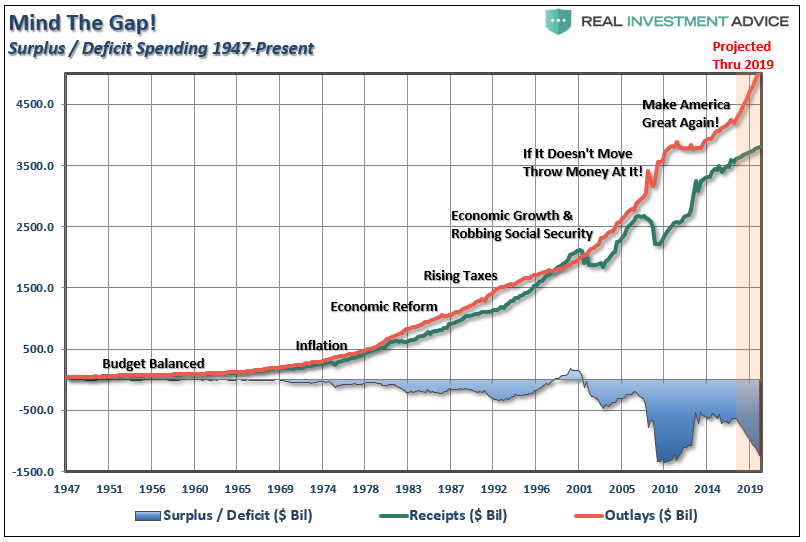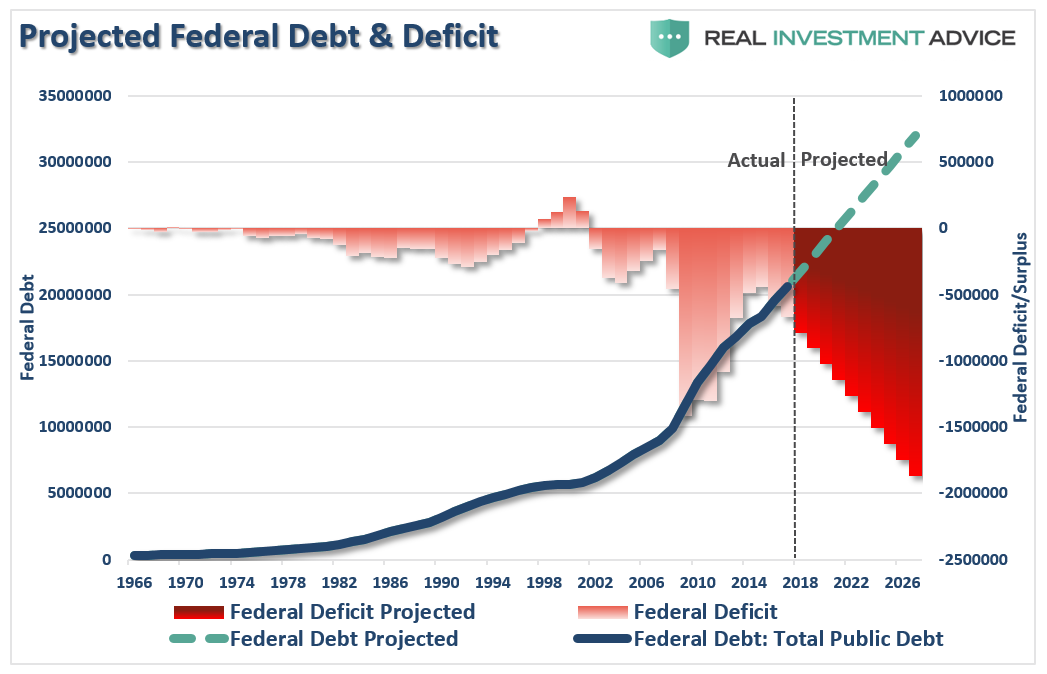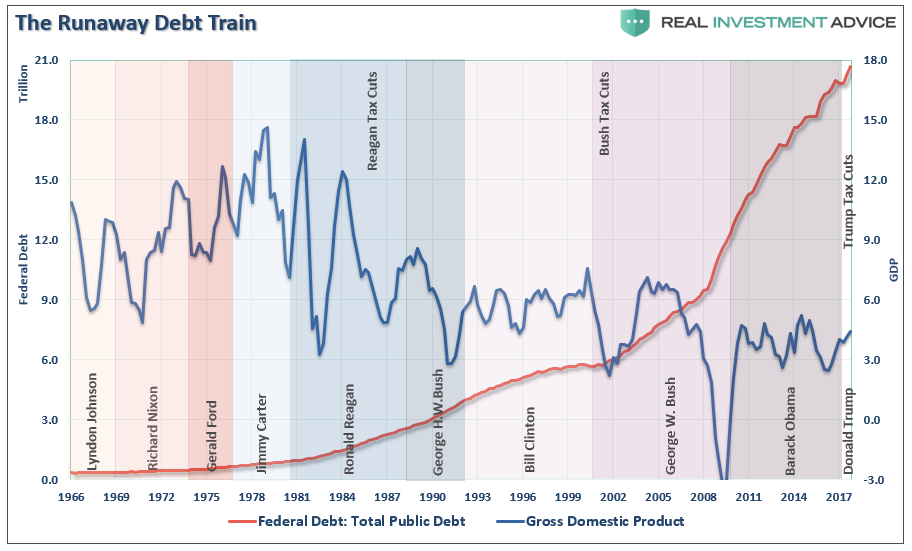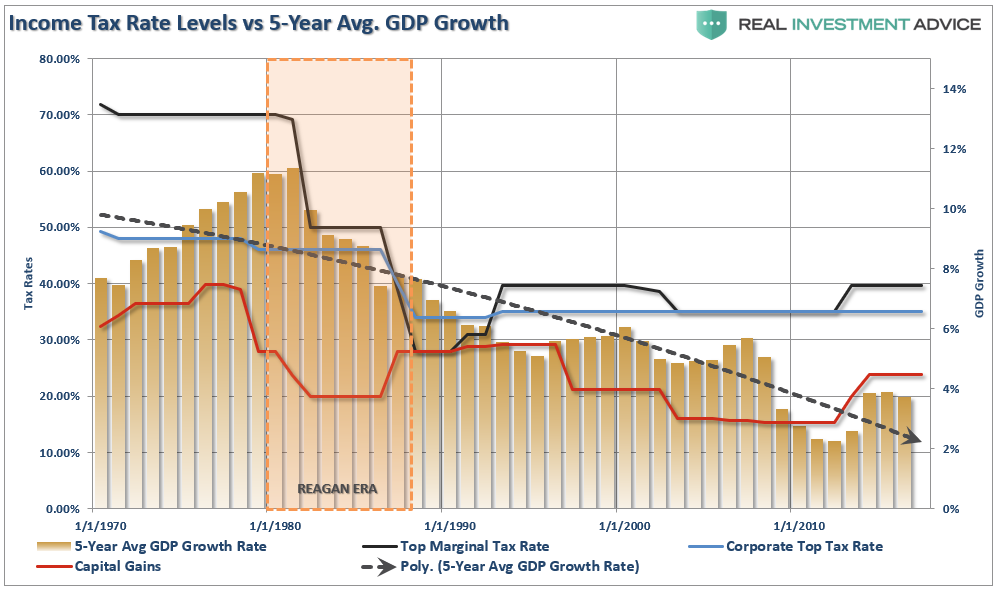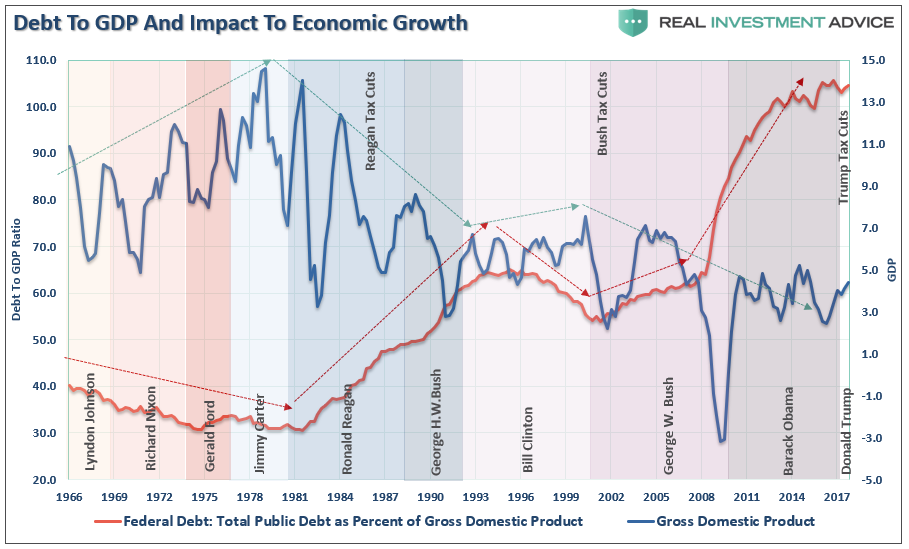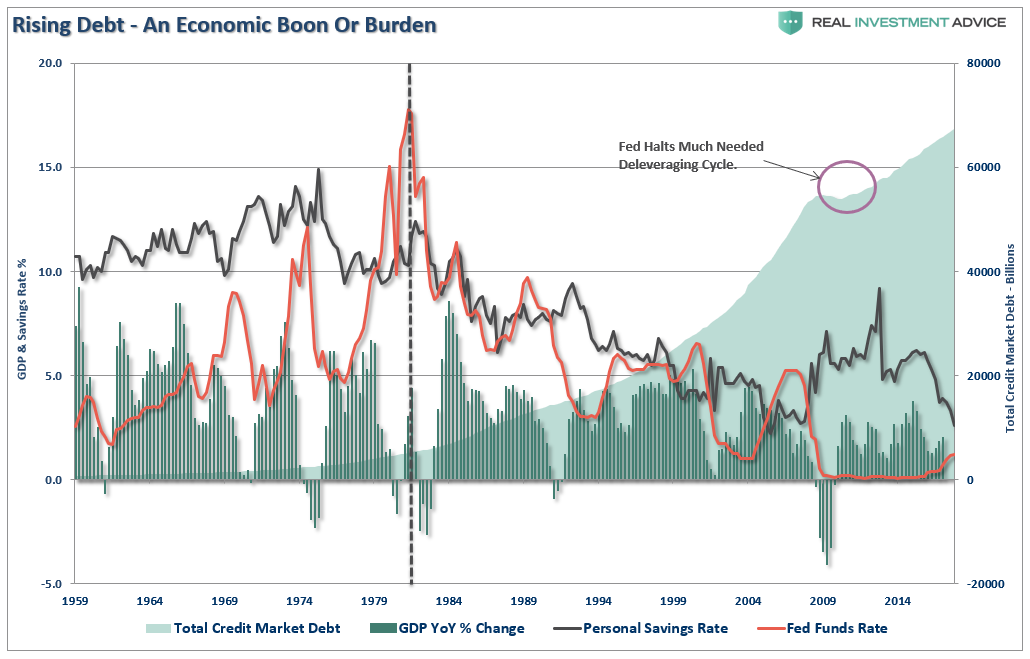Longtime commodity investors are growing increasingly perplexed by movements in contemporary commodity markets, which just don’t seem to follow the same trading patterns they once did. This attitude was perhaps best expressed recently by Hugh Hendry, who decried “wrong” markets when he shuttered his Eclectica hedge fund in September after 15 years…
And just last month, when the latest victim of this disturbing trend, Jamison Capital founder Stephen Jamison, decided to throw in the towel and shutter his nearly $1.5 billion macro commodity fund and convert his assets to a family office…joining a group that includes Texas tycoon T. Boone Pickens, one of the most famous commodity traders to ever do it.
It won’t be the first commodity/macro fund to admit defeat in a market in which nothing makes sense. The closure of Jamison, one of the largest commodity-focused hedge funds, comes after several other big names have closed shop in recent months. They include hedge fund manager Andy Hall, who closed his Astenbeck Capital Management last summer, and Texas tycoon T. Boone Pickens, who said this month that he was closing his fund, in part due to declining health.
The irony is, many of these closures happened before the recent spurt higher in global commodities, which recently clocked their longest win streak in history, might do something to help results this quarter.
As we’ve explained before, traders operating in the Information Age of commodity trading insist that the old strategies don’t work anymore because – as one trader put it – “everything is transparent, everybody knows everything and has access to information.”
That is, there’s so much data available from various services – and so many sophisticated algorithmic traders who can parse these massive data sets – that many of the arbitrage opportunities that commodity trading shops relied on simply no longer exist, leaving middlemen like Nobel Group in a difficult position because the tiny margins upon which they rely for profits has essentially vanished, having been front-run out of existence.
Today, Reuters returned to the theme of commodity hedge funds throwing in the towel – and coincidentally – managers who have operated in the space for decades blame these same factors for forcing them to reluctantly throw in the towel: Namely, algorithmic trading.
Just ask veteran commodity fund manager Anthony Ward. Ward was once so highly regarded for his cocoa trading prowess that he earned the nickname “chocfinger”. But after four decades, Ward has found that computer-driven trading is distorting prices to such a degree that the fundamental analysis he once relied on to predict how prices would react to massive harvests, or droughts, or declining demand aren’t as reliable as they once were.
Ward said he first realized that “the days of traditional commodity investors doing well from taking positions based on fundamentals such as supply and demand may be numbered” in January 2016, when his firm ended up badly wrongfooted when cocoa prices slid based off weak factory data out of China triggered algos that were programmed to respond to signs of weakening demand…
…The problem with this, from a fundamental standpoint, is that China’s cocoa consumption is relatively inconsequential for the global market. Algorithms just sold cocoa along with a basket of commodities. As we repeatedly noted around that time, cross-asset correlations had climbed to unprecedented levels as algorithms left their imprimatur on the broader market…
Meanwhile, the algorithms ignored obscure weather patterns that indicated there would be a “hot, harmattan wind from the Sahara desert” bolstering the crop yields in Ghana and the Ivory Coast,” Reuters said.
After all, reading a headline about Chinese factory production is easy for an algorithm. But try explaining to an algorithm what a “harmattan wind” is and…well…we imagine you get the idea…
Commodity markets fell across the board that month after weak factory data in China raised fears of lower demand from the world’s top consumer of raw materials.
Ward blamed the slide in cocoa on what he regarded as misplaced selling by computer-driven funds reacting to the Chinese data, given China has scant impact on the cocoa market.
“The actual fundamentals in cocoa were extraordinarily bullish in January 2016. We were forecasting the largest harmattan in history, which is exactly what happened,” he said.
His prediction that a hot, harmattan wind from the Sahara desert would hit harvests in Ivory Coast and Ghana and drive cocoa prices higher did come to pass – but not before the fund had been forced to cut its losses when the market slumped.
At the end of 2017, Ward closed the CC+ hedge fund that had invested in cocoa and coffee markets for years.
Also in 2016, Michael Farmer, founding partner of the Red Kite fund, which specializes in copper, also blamed HFT and algorithms for creating an “unfair advantage” for themselves and their ilk. CME Group found during a recent study that algorithmic trading is responsible for about half of trading volume in agricultural products, and some 58% in energy contracts.
At the same time, data from industry tracker Hedge Fund Research shows the average hedge fund returned 8.64% in 2017 but commodity funds barely broke even with an average return of a paltry 0.43%.
In the past, Ward estimated that automated trading would distort the market by 10% to 15% from prices justified by fundamentals – which he said was irritating but often manageable – it can now reach 25% to 30%.
Traders like Farmer have also blamed exchanges’ decision to offer HFT shops special co-location services for giving super-computers a distinct advantage, essentially allowing them to see a picture of the market that is milliseconds removed from what even less-powerful, or less advantageously placed, computers might see.
Unsurprisingly, the fund managers at some of these systematic funds are unapologetic about the impact on the market that their funds are having.
“I don’t feel too sorry (for traditional fund managers),” said Anthony Lawler, co-head of GAM Systematic, the quantitative part of Swiss money manager GAM Holding, which had assets under management (AUM) of 148.4 billion Swiss francs ($158 billion) at the end of September.
“Information, which used to be expensive, difficult to get, not easily shared, is now ubiquitous. It’s truly mind-boggling the depth of data available,” Lawler said.
“That means it’s much more difficult to have an information edge and advantage to the player who can digest and analyze the data the quickest.”
GAM Systematic, which had $4.3 billion of assets at the end of September, regards commodities as one of many markets it monitors for opportunities by crunching data such as weather forecasts and shipping data that shows how full a vessel is.
They added that great human traders can still win by capitalizing on machines’ shortsightedness…
“If you’re a great discretionary trader, then sit on the sidelines and wait for those missteps … I would be super happy if that trader is successfully picking off some of these missteps,” said Lawler.
But in today’s world of super-fast computers, these traders dismiss fundamental analysis as essentially “the work of a historian”.
“The truth is fundamental analysis is effectively the work of a historian, seeking to provide explanation for what has already occurred,” he said.
Meanwhile, traders also blamed banks like once-legendary commodity broker Goldman Sachs for withdrawing from the market, allowing machines to play a larger role.
Total global commodity assets under management more than halved from 2012 to 2015 to under $200 billion, though the total has since recovered to just over $300 billion, according to Barclays.
Some claim this has created a feedback loop of sorts, making markets less liquid and more prone to choppy moves that algorithms can more easily capitalize on. Other traders have learned to survive by essentially pivoting from trading commodities for speculative purposes to running their own mines.
“Seven years ago we started diversifying our business operations,” said Eibl. He now operates a merchant business in metals with a turnover of more than $1 billion a year, runs tungsten and tin mines in Africa and Asia and is soon to launch a metals-backed crypto-currency.
But as last week’s “volocaust” demonstrated, that long-awaited opportunity to capitalize on the failures of their machine rivals might just be upon us, as traders largely blamed machines for exacerbating the selloff.
As one trader who called the selloff put it, this is just an appetizer…
via Zero Hedge http://ift.tt/2o1Z1lD Tyler Durden





